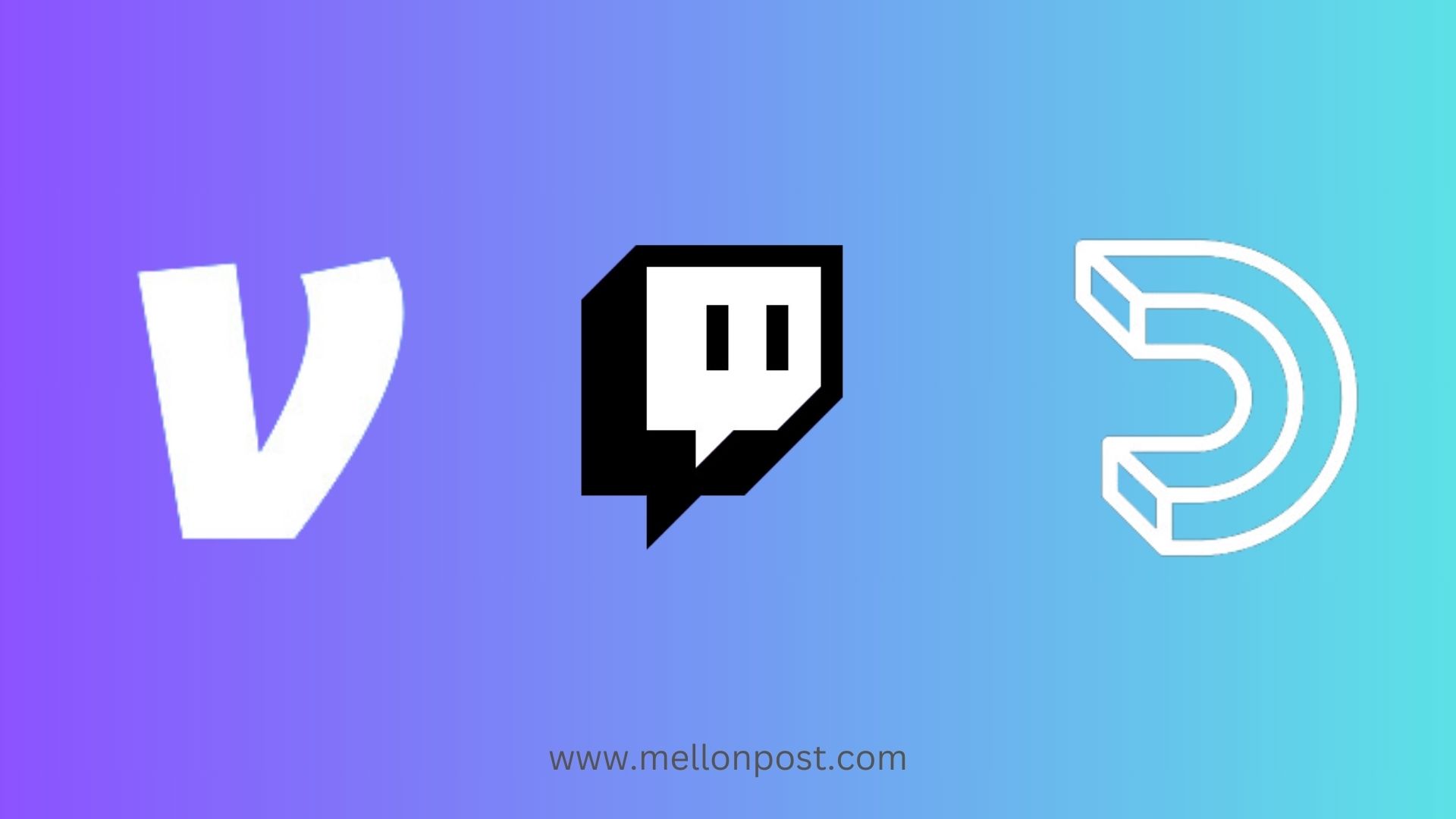
7 Alternative Video Platforms to YouTube
Table of Contents
Alternative Video Platforms to YouTube: Features, Advantages, and Disadvantages
YouTube is the most popular video-sharing platform, but there are several alternatives that offer unique features and cater to different audiences.
Whether you’re a content creator looking for a new audience or a viewer seeking fresh content, these platforms provide viable options. Here, we compare some of the top alternatives to YouTube, outlining their features, advantages, and disadvantages.
1. Vimeo
Features
- High-Quality Video: Vimeo is known for its superior video quality and support for 4K Ultra HD.
- Ad-Free Viewing: Vimeo offers an ad-free experience for viewers.
- Customizable Player: Users can customize the video player to match their brand.
- Privacy Controls: Advanced privacy settings allow users to control who can view their videos.
- Monetization Options: Creators can sell videos on demand or through subscription services.
Advantages
- Professional Quality: Ideal for filmmakers, artists, and businesses looking for high-quality video hosting.
- Ad-Free: Provides a clean viewing experience without interruptions.
- Strong Community: Attracts a community of creative professionals.
Disadvantages
- Cost: Advanced features and higher storage options require a paid subscription.
- Smaller Audience: Vimeo has a smaller user base compared to YouTube, which can limit audience reach.
2. Dailymotion
Features
- User-Friendly Interface: Simple and intuitive interface for both viewers and creators.
- Monetization: Offers revenue-sharing through ads, similar to YouTube.
- Global Reach: Available in multiple languages and regions.
- Content Discovery: Enhanced content discovery through trending videos and personalized recommendations.
Advantages
- Alternative Audience: Access to a different audience base than YouTube.
- Monetization: Potential to earn revenue through ads.
- Content Flexibility: Fewer content restrictions compared to YouTube.
Disadvantages
- Video Quality: Generally lower video quality compared to Vimeo and YouTube.
- Limited Features: Fewer advanced features and tools for creators.
3. Twitch
Features
- Live Streaming: Primarily focused on live streaming, especially popular with gamers.
- Interactive Features: Chat functionality, emotes, and real-time interaction with viewers.
- Subscription Model: Viewers can subscribe to channels to support creators and gain access to exclusive content.
- Monetization: Multiple revenue streams, including ads, subscriptions, and donations.
Advantages
- Engagement: High level of viewer interaction and community engagement.
- Monetization: Diverse monetization options for creators.
- Niche Audience: Strong community of gamers and live-streaming enthusiasts.
Disadvantages
- Content Focus: Primarily caters to live streaming and gaming, limiting appeal for other types of content.
- Discoverability: New creators may find it challenging to grow their audience due to the platform’s size and competition.
4. TikTok
Features
- Short-Form Video: Focuses on short, engaging videos up to 3 minutes long.
- Music Integration: Extensive library of music and sound effects.
- Viral Potential: Strong algorithm for content discovery and viral trends.
- Editing Tools: Built-in video editing tools with effects, filters, and transitions.
Advantages
- User Engagement: High level of user interaction and engagement.
- Viral Growth: Potential for rapid audience growth and viral content.
- Creative Freedom: Encourages creative and innovative video content.
Disadvantages
- Content Limitations: Short video format may not be suitable for all types of content.
- Monetization: Limited monetization options compared to YouTube.
- Privacy Concerns: Ongoing concerns about data privacy and security.
5. BitChute
Features
- Decentralized Platform: Focuses on freedom of speech and less content moderation.
- User-Friendly Interface: Similar to YouTube in terms of user experience.
- Monetization: Offers monetization options for creators through subscriptions and donations.
Advantages
- Free Speech: Fewer content restrictions, allowing for a wider range of content.
- Monetization: Multiple ways to support creators financially.
Disadvantages
- Content Quality: Potential for lower-quality content due to less moderation.
- Reputation: The platform has been criticized for hosting controversial content.
6. DTube
Features
- Blockchain-Based: Decentralized platform built on the Steem blockchain.
- No Ads: Ad-free viewing experience.
- Cryptocurrency Rewards: Creators earn cryptocurrency (STEEM) for their content.
- Censorship-Resistant: Less prone to censorship due to its decentralized nature.
Advantages
- Decentralization: Enhanced control and ownership of content.
- Monetization: Earn cryptocurrency for content creation.
- Ad-Free: Clean and uninterrupted viewing experience.
Disadvantages
- User Base: Smaller audience compared to mainstream platforms.
- Technical Complexity: May be less user-friendly for those unfamiliar with blockchain technology.
7. Facebook Watch
Features
- Integrated with Facebook: Leverages Facebook’s vast user base for content discovery.
- Social Features: Enables sharing, commenting, and reactions, integrating social media elements with video content.
- Monetization: Offers ad breaks and fan subscriptions for monetization.
Advantages
- Large Audience: Access to Facebook’s extensive user base.
- Social Integration: High level of social interaction and engagement.
- Monetization: Various options for creators to earn revenue.
Disadvantages
- Content Type: Primarily short to mid-length videos, which may not suit all creators.
- Algorithm Control: Content discovery heavily reliant on Facebook’s algorithm.
Conclusion
While YouTube remains the dominant video-sharing platform, these alternatives offer unique features that cater to different needs and preferences. Vimeo provides professional quality and an ad-free experience, Dailymotion offers a simpler interface with flexible content options, and Twitch excels in live streaming and community engagement.
TikTok is ideal for short, viral content, while BitChute and DTube provide decentralized, censorship-resistant platforms. Facebook Watch leverages social media integration for greater engagement. Each platform has its advantages and disadvantages, so the best choice depends on your specific goals as a content creator or viewer.
Continue reading: Top 6 Image Editing Tools for Creating Video Thumbnails

